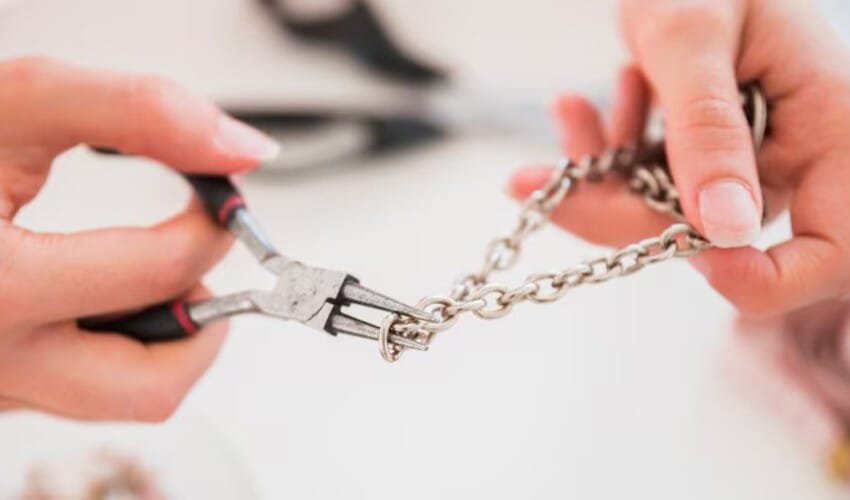Due to their convenience and mobility, automobiles play a crucial role in our daily lives. Of all the parts that go into a car, auto glass is one of the most important for safety, structural integrity, and visibility. In order to keep the problem from getting worse and endangering the safety of the occupants, it is imperative that any damage to your car’s glass, no matter how little, be repaired as soon as possible.
To guarantee the durability of the repair and everyone’s safety while driving, it’s crucial to know what to avoid doing once your car glass has been fixed.
Avoid Driving Immediately After Repair
It is imperative that you provide the glue or resin used in the auto glass repair process adequate time to dry and set after the repair is complete. Experts generally advise against operating a car until at least an hour has passed. This time of waiting enables the glue to set firmly and guarantees that, under normal driving circumstances, your car’s glass won’t move or come loose.
Bumpy Roads and Off-Roading
It is nevertheless advisable to avoid driving on extremely uneven roads or going off-road right away after the repair, even though the majority of fixed auto glass can handle typical road conditions. The integrity of a glass repair may be jeopardized by vibrations and impacts from uneven surfaces, which can strain the adhesive on the freshly repaired glass. Wait a few days after the repair if you must drive on rough terrain in order to reduce the amount of risk.
Pressure Washing and Intense Cleaning
While maintaining the cleanliness of your car is vital, it’s imperative to refrain from using harsh cleaning techniques right after an auto glass repair. For instance, pressure washing has the ability to weaken the adhesive and cause it to loosen by forcing water and cleaning substances into the glass’s edges. Avoid putting high-pressure water streams straight over the repaired area; instead, stick to gentle handwashing.
Rolling Down Windows Too Soon
For a while following the repair, it’s best to refrain from rolling down the side windows if the repair involves them. In addition to possibly causing the glass to become misaligned or detached, rolling down the window too soon can interfere with the adhesive’s drying process. Before attempting to roll down the windows, it is preferable to wait at least 24 to 48 hours.
Exposing the Repair to Extreme Temperatures
Hot or cold extremes in temperature might have an impact on the glue used in auto glass repairs. The adhesive may become more firm in cold temperatures and soften in hot heat. The integrity of the repair may be jeopardized in either case. In case of severe weather, attempt to store your car in a garage or a shaded place.
Using Car Washes with Rotating Brushes
Automated car washes with rotating brushes can put excessive pressure on the repaired auto glass, potentially causing the adhesive to weaken or the glass to crack. Instead, opt for touchless car washes that use water jets and detergents to clean your vehicle without making physical contact with the glass.
Applying Excessive Force
Even though it may seem apparent, this needs to be stressed. Don’t put too much pressure or force on the repaired glass. This includes slamming doors, pounding objects against the glass, and resting on the glass while doing housework. An apparently insignificant influence could be the reason the repair fails.
Ignoring Warning Signs
Following an auto glass repair, it’s critical to look out for any indications of possible problems. These could be any alterations to the fit or functionality of the glass, noticeable spaces between the glass and the frame, or strange noises. It’s advisable to speak with a specialist right away to evaluate the situation and deal with any issues if you see any of these symptoms.
Neglecting Proper Maintenance
It is always crucial to maintain your car glass correctly even after it has been fixed. In order to stop additional harm or difficulties, routine cleaning and inspection can be quite helpful. Use soft materials and mild cleaners to ensure that the glass is thoroughly cleaned. To prevent scratching the surface or jeopardizing the restoration, stay away from utilizing abrasive products.
Postponing Professional Assessment
It’s critical that you get expert help as soon as possible if you have any questions or concerns about the restored car glass. In the long run, putting off a professional inspection may result in more serious damage, safety hazards, and possibly greater repair expenses. To guarantee your car’s safety, a professional can assess the circumstances and suggest suitable fixes.
Conclusion
Maintaining the structural integrity and safety of your car starts with auto glass repair. It is imperative to adhere to appropriate post-repair care protocols to guarantee both the durability of the repair and the safety of all motorists.
You may ensure that your auto glass repair lasts for a long time by avoiding driving right after the repair, avoiding uneven surfaces and very hot or cold temperatures, avoiding using too much force, and following the other guidelines outlined above. You may enjoy safe driving and good visibility for many years to come with regular maintenance and attention to detail in spotting any problems.
Author Bio:
After auto glass repair, avoid slamming car doors for 24 hours to let the adhesive set. Refrain from cleaning the repaired area for a few days, as excess moisture can weaken the bond. Don’t subject the repaired glass to extreme temperature changes, as it can cause cracks. Additionally, avoid using car washes with high-pressure water for a few days. These precautions will help ensure the longevity and safety of the repaired auto glass.
















Leave a Reply